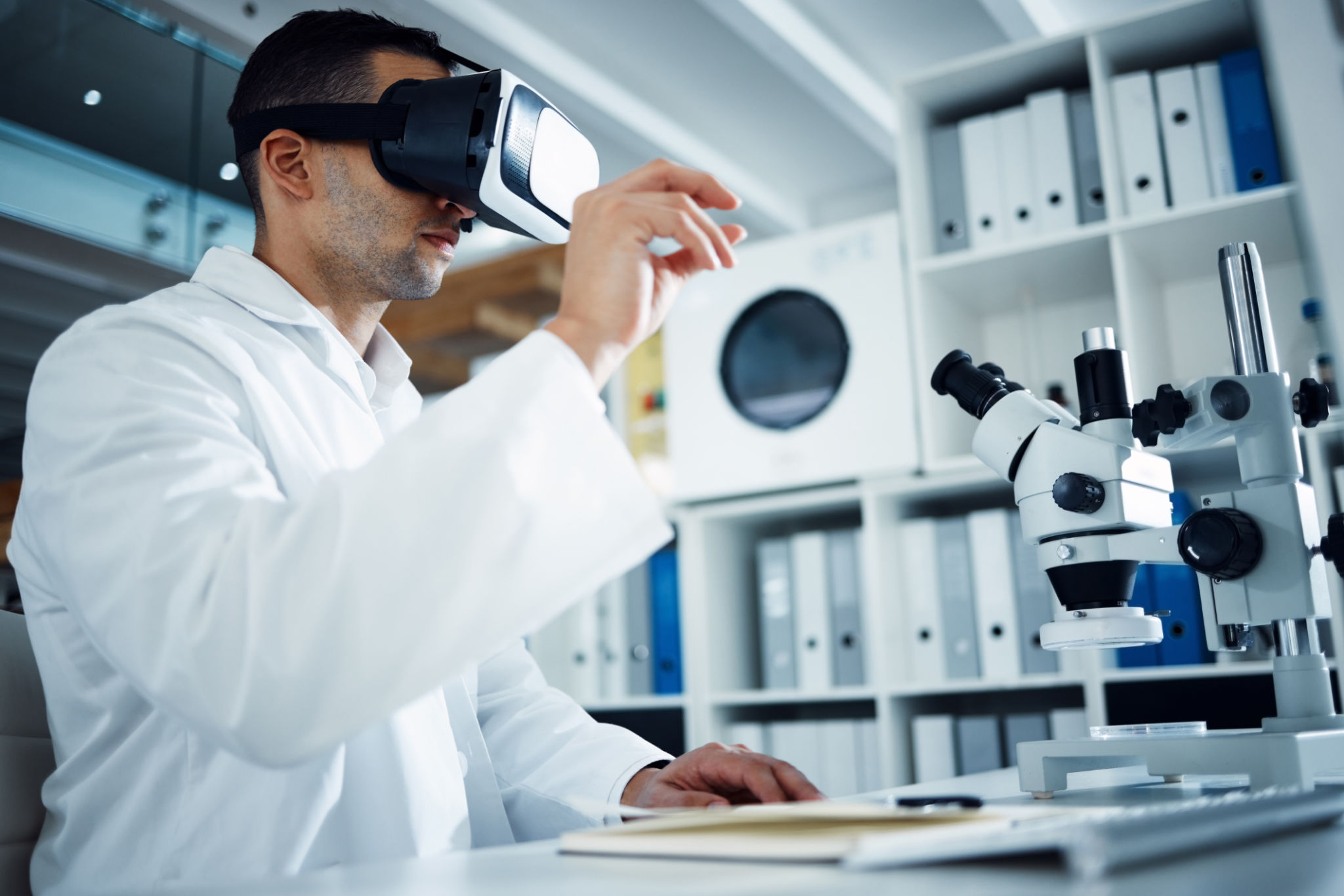AI for Good: Transforming Communities with Technology Solutions
Introduction to AI for Good
Artificial Intelligence (AI) is transforming the way we live, work, and interact with the world around us. While discussions about AI often focus on technological advancements and automation, there's a growing movement toward harnessing AI for social good. This movement aims to leverage AI technologies to solve some of the world's most pressing challenges, from poverty and inequality to environmental sustainability.

Empowering Education
AI is revolutionizing education by providing personalized learning experiences tailored to individual students' needs. Intelligent tutoring systems can adapt to a student's learning pace, offering customized resources and feedback. This personalized approach helps bridge educational gaps, especially in underserved communities where resources are limited.
Moreover, AI-powered tools can assist teachers by automating administrative tasks, allowing them to focus more on teaching and student engagement. This not only enhances the learning environment but also ensures that educators can provide the attention each student deserves.
Enhancing Healthcare
In the healthcare sector, AI is being utilized to improve patient outcomes and streamline processes. From predictive analytics for disease prevention to AI-driven diagnostics, technology is making healthcare more accessible and efficient. For instance, AI algorithms can analyze medical images with remarkable accuracy, aiding in early detection of conditions like cancer.

Additionally, AI is playing a crucial role in reaching remote and underserved areas through telemedicine. By connecting patients with healthcare providers via digital platforms, AI ensures that even those in distant locations receive the care they need.
Promoting Environmental Sustainability
AI is also a powerful tool in the fight against climate change. By analyzing vast amounts of data, AI can help predict weather patterns, optimize energy usage, and reduce waste. Smart grids powered by AI can efficiently distribute energy, reducing carbon footprints and promoting sustainable practices.
Furthermore, AI technologies are being used to monitor and protect biodiversity. By analyzing data from sensors and cameras, AI can track wildlife populations and alert conservationists to any potential threats, ensuring the preservation of ecosystems.

Fostering Economic Development
AI is creating new economic opportunities by driving innovation and increasing productivity. Small businesses can leverage AI tools to analyze market trends, optimize pricing strategies, and enhance customer experiences. This democratization of technology allows even the smallest enterprises to compete on a global scale.
Moreover, AI is helping to develop smart cities that improve the quality of life for residents. By optimizing traffic flow, reducing pollution, and enhancing public safety, AI-driven solutions are creating more livable urban environments.
Conclusion
The potential of AI for good is vast, offering transformative solutions to global challenges. By prioritizing ethical considerations and ensuring that technology serves humanity, we can harness AI to build a more equitable and sustainable future. As we continue to innovate, it's crucial to focus on collaborative efforts that ensure these powerful tools are used to benefit all communities worldwide.
